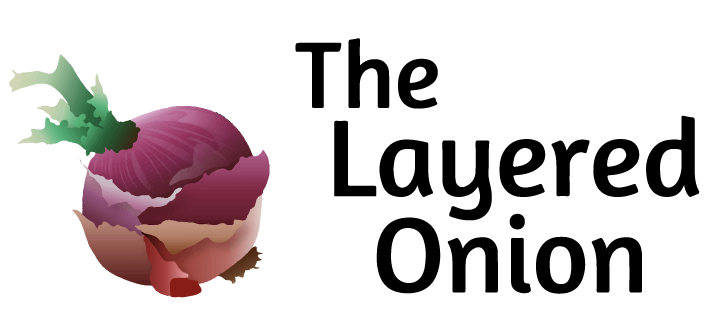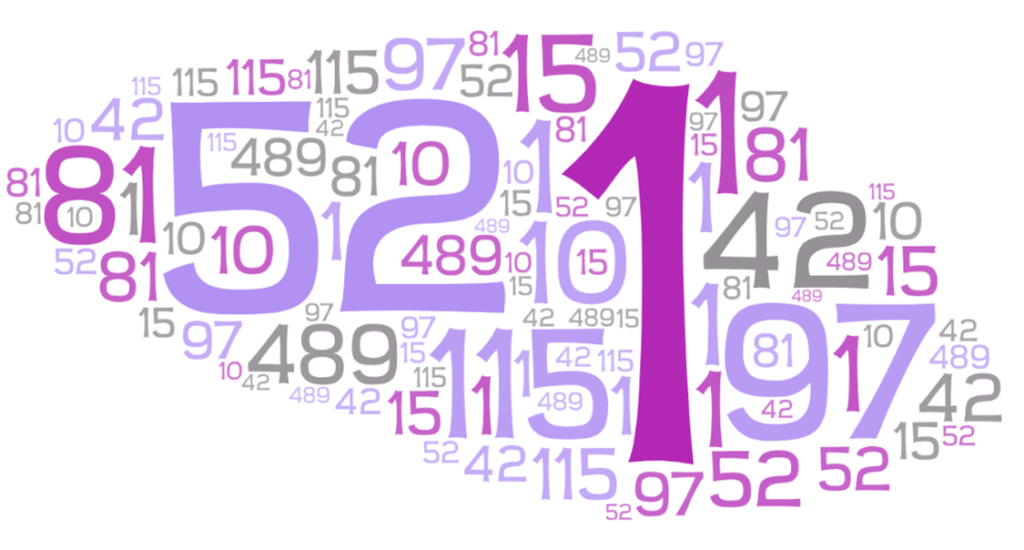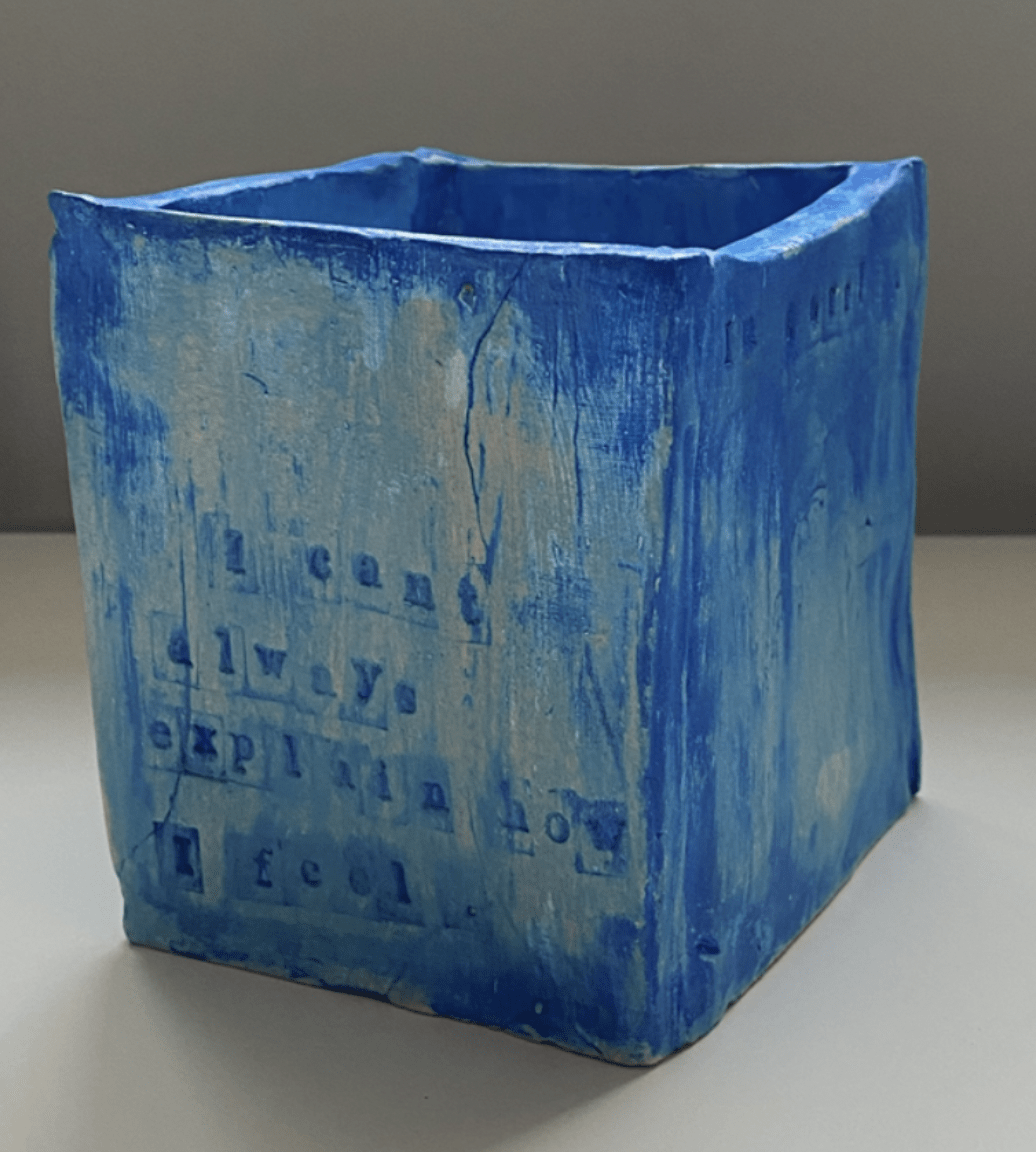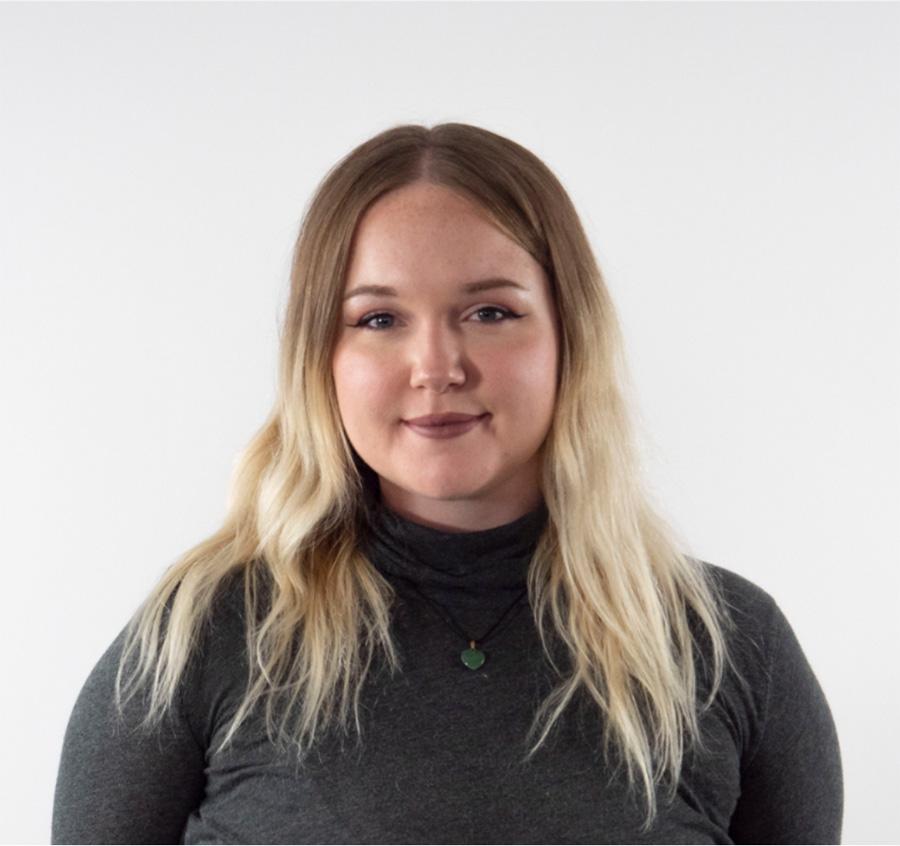In the Artist Spotlight series of blog posts, The Layered Onion highlights an artist in the community. We’ll get a chance to learn more about each artist and their work. In this post, we are featuring Bailey Constas (she/her).
Trigger warning: This piece discusses sexual assault.
Bailey uses recycled materials and found materials to bring her works to life.

In Bailey’s words:
“I’m watercolor and recycled-media artist, Bailey Constas. I’m using art to heal myself, the land, and to build safe spaces. I make largescale watercolors with intricate ink linework, ethically forage and process my own clay, and build humane + ecological designs out of recycled waste/material.
Community recycling, composting, gardening, dreams for sustainable Earthship architecture—I aspire to develop safe, beautiful community scapes.”
Bailey was also recently featured in the New York Times (!!) for a eco-focused project using Fresh Direct bags.
Bailey did a Q&A with The Layered Onion, talking about her art:
What first led you to art?
I’ve always been an artist, but my medium has always changed. I was a serious ballet dancer for most of my life, but after hip surgery at 15, I found fashion design and construction. Later on, I discovered photography and writing. But after a traumatic sexual assault when I lived in New York City, it was watercolor that allowed me to express my emotions in ways that words could not.
I could pull apart the different mental struggles I faced through visual art. The painting would ease my anxiety and depression, and the ink tracing would comfort my constant OCD and ADD brain. I’ve found that allowing myself to use elements from nature by foraging for pigments and clay has connected me to the earth in a way I only felt as a child.
*OCD – Obsessive Compulsive Disorder, ADD – Attention Deficit Disorder

How would you describe your artistic style?
I’d say my work falls into abstract expressionism more than landscape. My art means to reveal our inner worlds and express the natural patterns happening around us in an emotional and untethered way.

What are your favorite materials and mediums with which to work?
I absolutely love water and clay, especially how they interact with each other. Water always wants to elude and erode, and I’ve found this lack of control on my part is extremely therapeutic. Gravity is also a powerful medium in my work, as I trace the drying patterns of the water with ink. The way gravity pulls the pigments to the paper, mixes the colors, and suspends them in time. That’s why I trace them with ink–to bring our attention to the small miracles happening under our noses all the time.

You mention you use recycled media. What kind of materials have you worked with recently?
Paper waste, cardboard, Fresh Direct bags! I’ll take paper and cardboard and turn them into paper pulp. I’ll then add cement and create papercrete sculptures. I’ll also just take that paper waste and develop my own paper. I’ll put that paper to use by creating journals out of Fresh Direct bags (or those plastic reusable grocery store bags). The idea behind those is to create reusable journals with 100% waste. That way, there’s no guilt involved when I need to spew my thoughts out.

You have an attractive eye for color – do you approach color in a particular way or more freeform?
Thank you! I owe my color inspiration to the Southwest. Growing up in Colorado and loving New Mexico—I’m constantly striving to replicate the patterns and colors of sunsets, geologic formations, and the land. I’ve also started foraging and making my own paint. In some ways, this makes it easier for me to find those perfect colors, but it adds many more steps to painting a piece! I find myself always adding steps to create a more pure piece of work. I also think this has to do with my OCD and PTSD—obsessively collecting colors but also feeling immense shame and guilt when I throw things away.
You process your own clay!! What is that like?
Hard and messy work! On hikes and in the backyards of my family, I’ll look for clay-rich soil—the type of dirt that is colored so beautifully you want to eat it. I’ll then go through several steps of adding water and filtering any debris or extra water out of the clay. After a few days, I’ll knead the clay and begin hand-building! I prefer to fire my pieces in a wood-burning fire just like our ancestors have done for thousands of years.
You also pursue photography. What is your favorite part about it? What kind of topics inspire you?
I am a journalist at heart (it’s what I got my degree in), and much like my obsession with collecting colors and pigments, I love collecting and documenting moments. I’ve found that I perceive the world around me much differently than others. When I found the confidence to allow myself to believe this was a good thing, I found it much easier to look for those unique angles and throw myself on the ground to get that shot. Sacred geometry in nature is endlessly inspiring to me. I think that’s why I find beauty in a perfectly mirrored sunset in a car window, the erosion lines on a sand dune, or the texture of a leaf. Small things other people might take for granted, and I love highlighting those things.
Other things on my mind:
More recently, I’ve realized I make the best work when I’m happy, full of wonder, and awe. When I was younger, I believed that being “sick” or “tortured” made me more exciting and a better artist, but it was only when I started looking deeper inside myself and going to therapy that I found the most inspiration. Getting better and getting help is never something to be ashamed of.

—
Help can be hard to ask for, but it is something we all need. We’re here for you in this community.
Want to see and hear more from Bailey? Check out her website here. Want to bring one home? Check out here or here. A spot of color really cheers me up.









































